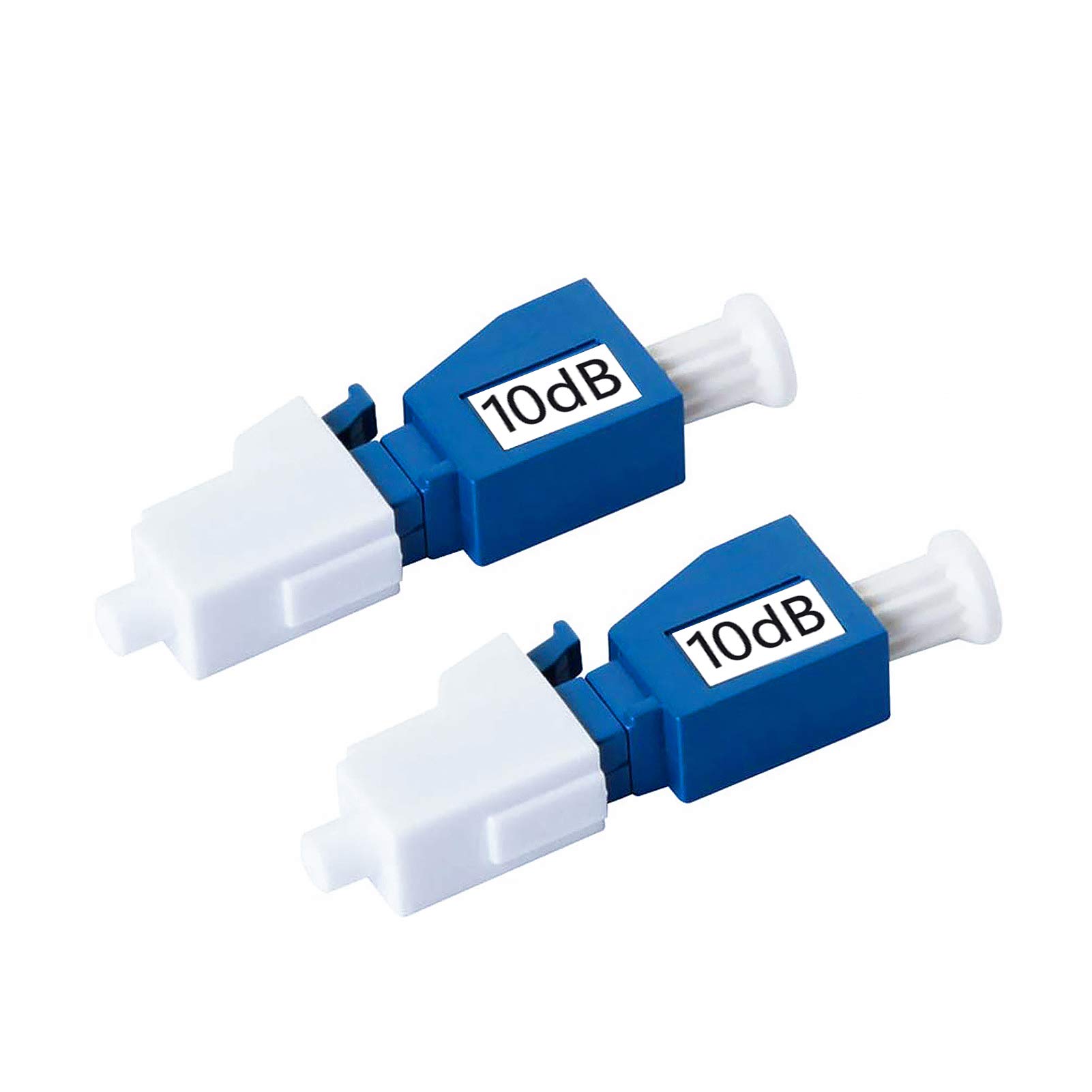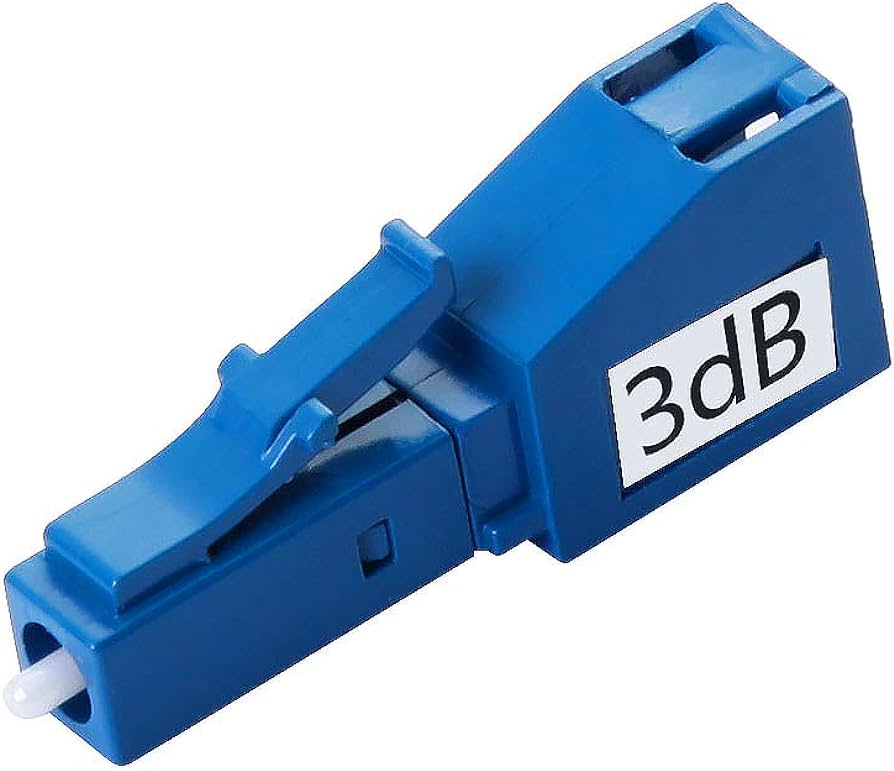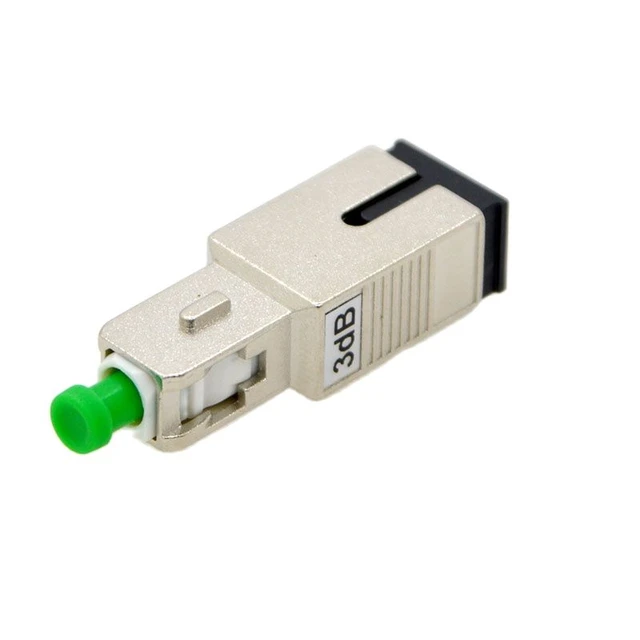Understanding Hybrid Attenuator: Compatibility and Interoperability Insights

Understanding Hybrid Attenuator
Fiber Optic Connectors
The hybrid attenuator is an essential component in fiber optic networks, particularly when it comes to ensuring compatibility and interoperability. It plays a crucial role in managing signal strength and optimizing network performance. The hybrid attenuator facilitates the seamless integration of different types of fiber optic connectors, such as LC to SC connectors, allowing for efficient signal attenuation and transmission.
Ensuring seamless compatibility between various fiber optic connectors
Managing signal strength for optimal network performance
Facilitating the integration of LC to SC connectors for efficient signal attenuation
Fiber Optic Connectors
Types of Connectors
When it comes to hybrid attenuator setups, the types of connectors used are crucial for seamless integration and efficient signal transmission. The LC to SC connectors, in particular, play a vital role in these setups. These connectors are widely utilized in fiber optic networks due to their compatibility with different types of fiber optic equipment. Their ability to facilitate the efficient transfer of signals makes them an essential component in ensuring optimal network performance.
In addition to LC to SC connectors, other types such as ST, FC, and MTP/MPO connectors also contribute to the versatility and adaptability of fiber network devices. Each type offers specific advantages and is selected based on the unique requirements of the network setup.
Connector Compatibility
The compatibility of connectors is a critical factor in maintaining seamless network operations. Ensuring that different connector types can effectively work together is essential for creating a cohesive and reliable fiber optic network. Compatibility issues can lead to signal loss, disruptions, or even equipment damage. Therefore, thorough testing and verification of connector compatibility are necessary steps in establishing a robust and efficient fiber optic infrastructure.
By prioritizing connector compatibility, network administrators can mitigate potential issues and optimize the overall performance of fiber optic equipment within the network.

Attenuation Dynamics
Understanding Decibels
When discussing attenuation dynamics in fiber optic networks, it's crucial to understand the impact of decibels on signal strength. Decibels (dB) are used to measure the magnitude of signal loss or weakening as it travels through the network. The higher the number of decibels, the greater the signal loss experienced. This understanding is essential for network administrators and technicians to effectively manage and optimize signal strength within the network.
In practical terms, when a signal travels through various components such as connectors, splices, or fiber lengths, it experiences a certain level of attenuation measured in decibels. By comprehending this relationship between decibels and signal strength, network operators can make informed decisions about employing attenuators or amplifiers to maintain optimal signal levels throughout the network.
Signal Strength Optimization
Optimizing signal strength is a fundamental aspect of ensuring efficient network performance. Network administrators employ various strategies such as using appropriate attenuators, optimizing connector configurations, and minimizing signal loss to enhance overall signal strength. By strategically managing attenuation dynamics and minimizing signal loss, they can maintain consistent and reliable signal levels across the entire fiber optic network.
Optimizing Equipment Performance
Performance Enhancement Strategies
Enhancing the performance of fiber optic equipment is essential for maintaining the efficiency and reliability of the network. One crucial strategy is to ensure that the optical equipment is configured and calibrated to its optimal settings. This involves fine-tuning the parameters such as signal strength, wavelength, and transmission speed to match the specific requirements of the network. Additionally, utilizing advanced fiber network devices equipped with features like signal amplification and noise reduction can significantly enhance overall performance.
Regularly updating firmware and software patches is another critical strategy for performance enhancement. These updates often include bug fixes, security enhancements, and improved functionality, ensuring that the fiber optic equipment operates at its best capacity.
Implementing redundancy in critical components also contributes to performance enhancement. By having backup systems or redundant pathways, network administrators can minimize downtime and maintain seamless operations even in the event of component failure.
Maintenance and Upkeep
The upkeep of optical equipment is vital for ensuring consistent performance. Regular maintenance activities such as cleaning connectors, inspecting fiber cables for damage, and verifying signal integrity are essential for preventing unexpected disruptions in network operations. Scheduled inspections and cleaning routines help in identifying potential issues early on, allowing for timely repairs or replacements to be carried out.
In addition to physical maintenance, monitoring system logs and performance metrics provides valuable insights into the health of the fiber optic equipment. Analyzing these metrics allows administrators to proactively address any emerging issues before they impact network performance.
By implementing comprehensive maintenance and upkeep practices, network operators can maximize the lifespan and efficiency of their fiber network devices, ultimately leading to a more reliable and robust fiber optic infrastructure.

Compatibility Insights
Interoperability Considerations
In the context of fiber optic networks, compatibility and interoperability are pivotal for seamless network integration. Interoperability refers to the ability of different systems, devices, or components to work together without encountering compatibility issues. It ensures that various elements within the network can communicate and function cohesively, regardless of their individual specifications or configurations.
Understanding interoperability is crucial for network administrators as it enables them to integrate diverse equipment and technologies effectively. By prioritizing interoperability, they can avoid disruptions in network operations and streamline the integration of new components or upgrades.
Hybrid Network Dynamics
The dynamics of hybrid fiber optic networks significantly influence compatibility and interoperability. Hybrid networks often involve the integration of different technologies, such as copper and fiber optics or distinct generations of optical equipment. These variations in technology require careful consideration to ensure smooth interactions between components.
Network dynamics also encompass factors like signal transmission protocols, data transfer rates, and interface standards. Managing these dynamics effectively is essential for maintaining seamless integration across the entire network infrastructure.
By comprehensively understanding the unique dynamics of hybrid networks, administrators can proactively address potential challenges related to compatibility and interoperability, thereby optimizing the overall performance and reliability of the network.
Key Considerations for Hybrid Attenuator
Hybrid Attenuator Considerations
When optimizing fiber optic network performance, understanding the intricacies of hybrid attenuators is paramount. Key considerations include selecting the appropriate fiber optic attenuator based on signal strength requirements and ensuring seamless integration with different connector types. Additionally, evaluating the environmental conditions to determine the need for specialized optical attenuators is crucial for maintaining signal integrity. By prioritizing these considerations, network administrators can effectively manage signal attenuation and optimize the overall performance of hybrid fiber optic networks.
See Also
Maximizing Cost-Effectiveness with Quick Assembly Connectors for Round Drop Cables
Exploring Balanced and Unbalanced PLC Splitters in Telecommunication Infrastructure
Understanding ABS Module: A Key Component for FTTH Applications
Exploring the Options for Preconnectorized Drop Cables with SC APC Connectors in White Color
Exploring the Benefits of Yellow Cables with LSZH Sheath for Singlemode OS2 Fiber Optic Networks
About US
Follow Us
AnetFiber company's main products are indoor and outdoor optical fiber cables, outdoor waterproof pre-connected fiber-to-the-home products, PLC optical fiber splitters, optical fiber jumpers and pigtails, MTP®/MPO high-density big data product solutions, optical fiber field quick connectors and research and development molding, injection molding and production of optical fiber distribution boxes, optical fiber chassis cabinets, the market has expanded to the world, Europe, America, Asia, the Middle East and Latin America.
Address
Shenzhen City, Baoan District, Yanluo Street, Tangxiayong Community, Yangyong Industrial Road, Tonggangda New Energy Vehicle Park 406
Contacts
+86 199 2655 3586

